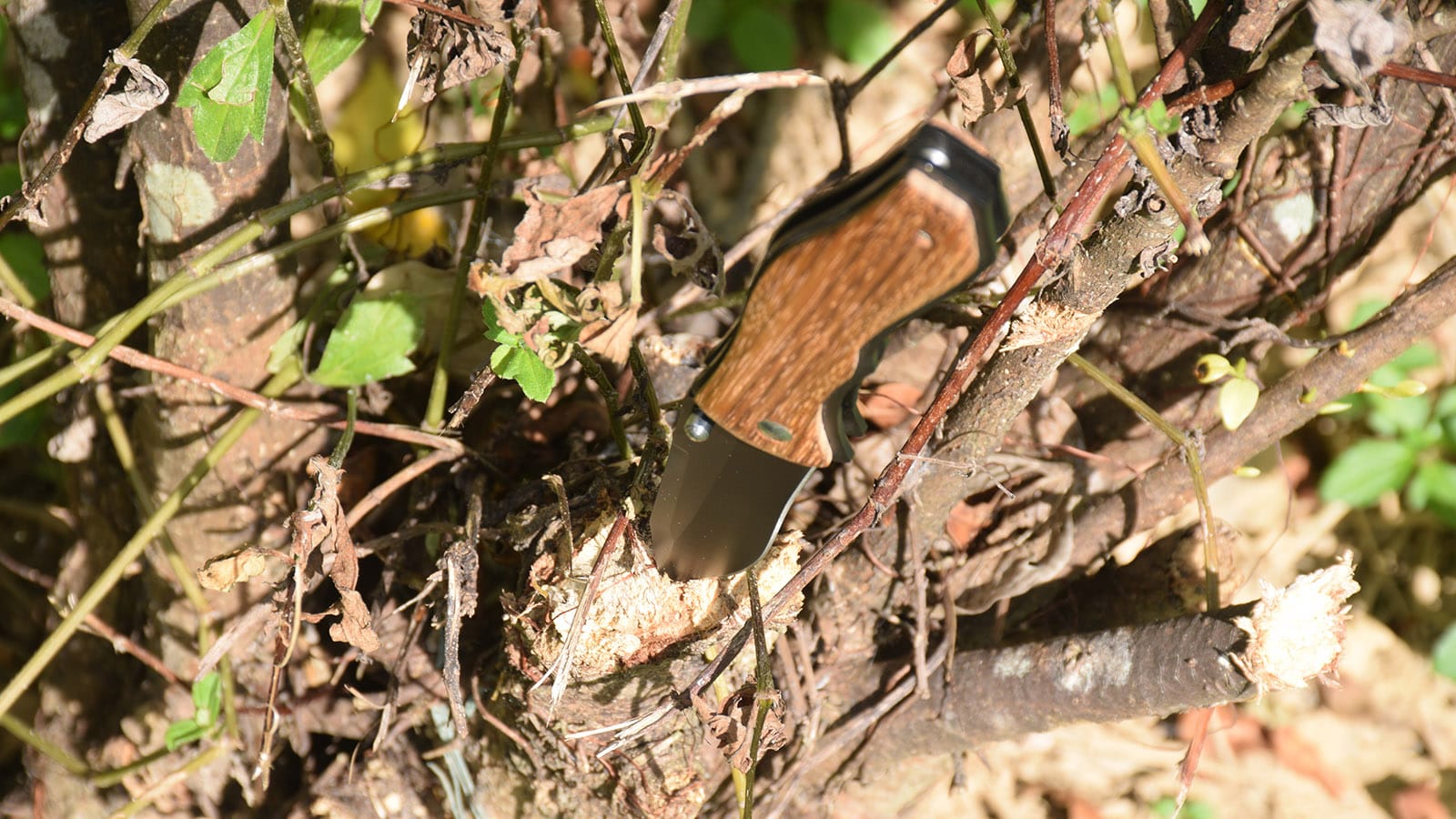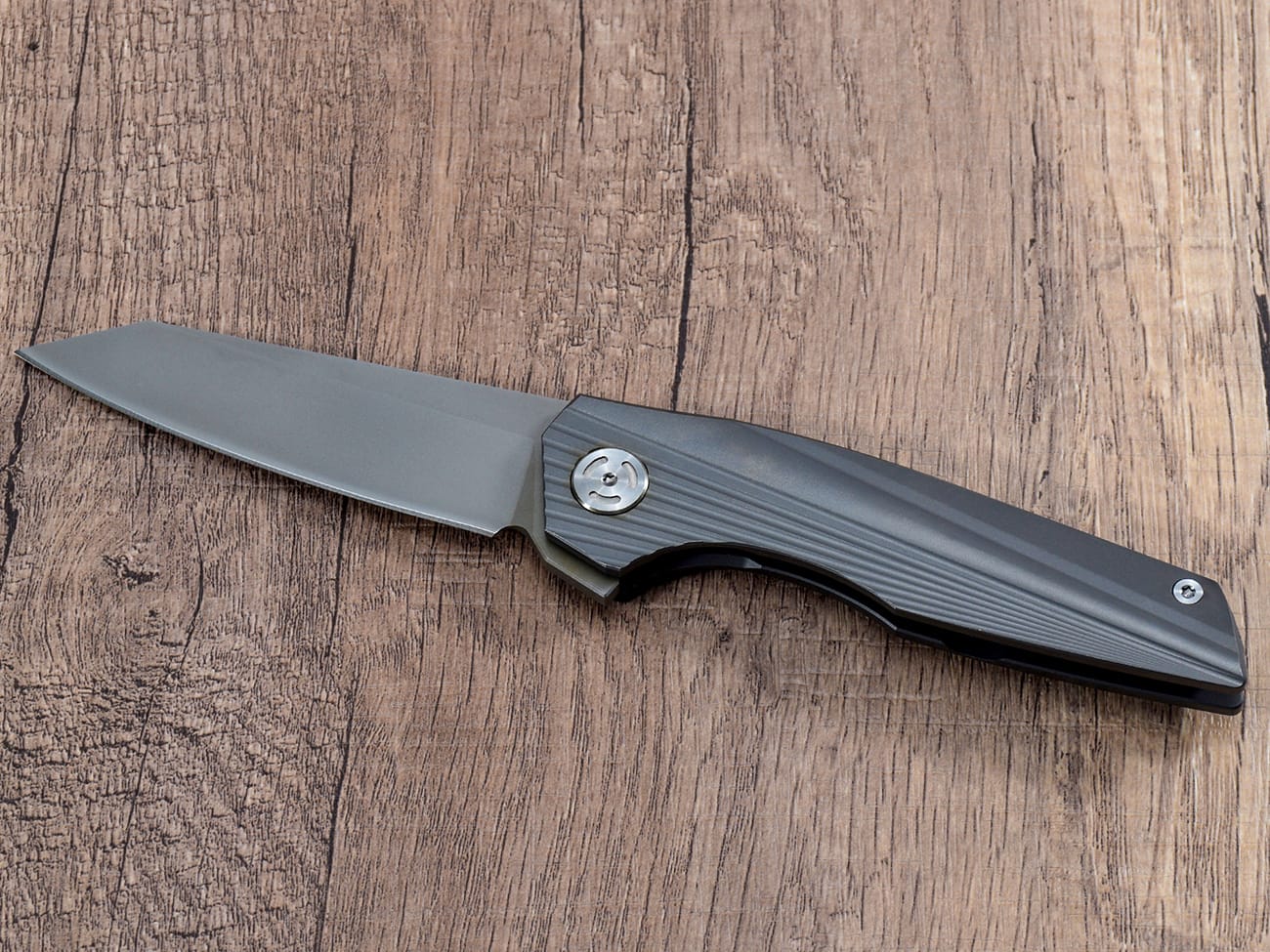Are you curious about the various ways to open a pocket knife safely and efficiently? Whether you’re a seasoned knife enthusiast or new to the world of folding knives, understanding the different opening mechanisms can enhance your experience and ensure proper use. In this comprehensive guide, we’ll explore the ins and outs of pocket knife opening techniques, from traditional methods to modern innovations.
Why Understanding Pocket Knife Opening Mechanisms Matters
Knowing how to properly open a pocket knife is crucial for several reasons:
- Safety: Correct opening techniques reduce the risk of injury.
- Efficiency: Mastering various methods allows for quicker access when needed.
- Knife longevity: Proper use prevents unnecessary wear and tear on the knife.
- Versatility: Different situations may call for different opening styles.
- Legal compliance: Some opening mechanisms may be restricted in certain areas.
Let’s dive into the world of pocket knife opening mechanisms and techniques to help you become a more knowledgeable and skilled knife user.
What Are the Most Common Pocket Knife Opening Mechanisms?
Understanding the various opening mechanisms is essential for safely and effectively using your pocket knife. Here are some of the most common types:
1. Manual Opening: The Classic Approach
Manual opening knives require the user to physically open the blade using their hands. This traditional method includes several variations:
- Nail nick: A small groove on the blade allows you to grip and pull the blade open.
- Thumb stud: A small protrusion on the blade that your thumb can push against to open the knife.
- Thumb hole: A circular hole in the blade that allows for easy gripping and opening.
2. Assisted Opening: A Modern Convenience
Assisted opening knives use a spring mechanism to help open the blade once the user has started the process. These knives are not considered automatic, as they require initial manual force to engage the mechanism.
3. Automatic Knives: The Push-Button Solution
Automatic knives, also known as switchblades, use a spring mechanism to open the blade at the push of a button. It’s important to note that these knives are subject to legal restrictions in many areas.
4. Flipper Knives: The Popular Choice
Flipper knives feature a small tab that protrudes from the back of the handle when closed. By applying pressure to this tab, the blade swings open smoothly.
5. Butterfly Knives: The Showstopper
While not a typical pocket knife, butterfly knives (or balisongs) are worth mentioning. They feature a unique opening method involving the manipulation of two handle parts to reveal the blade.
How Do You Safely Open a Traditional Pocket Knife?
Safety should always be your top priority when handling any knife. Here’s a step-by-step guide to opening a traditional pocket knife with a nail nick or thumb stud:
- Hold the knife securely in your dominant hand.
- Locate the opening mechanism (nail nick or thumb stud).
- Use your thumb or index finger to grip the opening mechanism.
- Slowly and steadily pull or push the blade open.
- Continue until the blade locks into the open position.
- Verify that the lock mechanism is engaged before use.
Remember, never force the blade open if it feels stuck or resistant. This could indicate a problem with the knife that needs addressing.
What Are the Benefits of Using a Thumb Stud or Thumb Hole?
Thumb studs and thumb holes offer several advantages over traditional nail nicks:
- Ease of use: They provide a larger surface area for gripping, making opening easier.
- One-handed operation: These mechanisms allow for quick, one-handed opening.
- Ambidextrous design: Many knives feature thumb studs or holes on both sides of the blade.
- Improved control: The positioning allows for better control during the opening process.
- Versatility: These mechanisms work well with various grip styles and hand sizes.
How Do You Open a Flipper Knife?
Flipper knives have gained popularity due to their smooth and efficient opening mechanism. Here’s how to open one:
- Hold the knife handle securely in your dominant hand.
- Locate the flipper tab protruding from the back of the handle.
- Use your index finger to apply firm, quick pressure to the flipper tab.
- As you push the tab, the blade will swing open rapidly.
- Continue applying pressure until the blade locks into the open position.
- Verify that the lock mechanism is engaged before use.
Flipper knives often use ball bearings in the pivot, resulting in a smooth and satisfying opening action.
What Are the Legal Considerations for Pocket Knife Opening Mechanisms?

A pocket knife with a G10 handle and sanded blade, featuring a legal opening mechanismLegal restrictions on pocket knife opening mechanisms vary widely depending on your location. Some general considerations include:
- Automatic knives: Often restricted or prohibited in many areas.
- Assisted opening knives: May be subject to restrictions in some jurisdictions.
- Blade length: Many areas have restrictions on blade length for carry knives.
- Concealment: Some locations have laws regarding concealed carry of knives.
Always research and comply with local laws regarding knife ownership and carry. For example, button lock knives may be legal in some areas but restricted in others.
How Do Lock Mechanisms Affect Knife Opening?
Lock mechanisms play a crucial role in knife safety and functionality. Common lock types include:
- Liner lock: A common mechanism where a metal liner moves into place behind the opened blade.
- Frame lock: Similar to a liner lock, but uses part of the handle frame to secure the blade.
- Lockback: A spine-mounted locking bar that engages a notch in the blade tang.
- Axis lock: A patented mechanism using a spring-loaded bar to secure the blade.
Understanding your knife’s lock type can help you open and close it more efficiently and safely.
What Are Some Tips for Maintaining Smooth Knife Opening?
To keep your pocket knife opening smoothly, consider these maintenance tips:
- Regular cleaning: Remove dirt and debris from the pivot area and locking mechanism.
- Lubrication: Apply a small amount of knife-specific lubricant to the pivot and other moving parts.
- Tightness adjustment: Ensure the pivot screw is properly tightened for smooth operation.
- Avoid moisture: Keep your knife dry to prevent rust and corrosion.
- Professional servicing: Consider having your knife serviced by a professional for optimal performance.
How Can You Practice Safe Knife Handling When Opening?
Safety should always be your top priority when handling knives. Here are some essential tips:
- Always cut away from yourself: Point the blade away from your body when opening.
- Use a firm grip: Ensure you have a secure hold on the knife handle.
- Be aware of your surroundings: Make sure you have enough space to open the knife safely.
- Keep fingers clear: Avoid placing your fingers in the path of the blade as it opens.
- Engage the lock: Always verify that the locking mechanism is engaged before use.
What Are Some Advanced Knife Opening Techniques?
For experienced users, there are several advanced opening techniques:
- Wrist flick: Using a quick wrist motion to open thumb stud or hole knives.
- Reverse flick: Opening the knife by flicking it backwards and catching the thumb stud.
- Spydie drop: A technique specific to Spyderco knives using gravity and momentum.
- Wave opening: Using a hooked feature on the spine of the blade to open the knife as it’s drawn.
Remember, these techniques require practice and should only be attempted with knives designed for such use.
How Do Different Handle Materials Affect Knife Opening?
The choice of handle material can impact the grip and feel when opening a knife. Some popular options include:
- G10: Offers excellent grip and durability, ideal for various opening methods.
- Wood handles: Provide a classic look but may be less grippy than synthetic materials.
- Micarta: Known for its excellent grip, even when wet.
- Titanium handles: Lightweight and durable, often used in high-end knives.
Consider the handle material when choosing a knife, as it can affect your ability to open and use the knife effectively.
Conclusion: Mastering the Art of Pocket Knife Opening
Understanding and mastering various pocket knife opening mechanisms can greatly enhance your experience as a knife user. Remember these key points:
- Always prioritize safety when handling knives.
- Familiarize yourself with different opening mechanisms and lock types.
- Practice proper maintenance to ensure smooth operation.
- Consider legal restrictions in your area regarding knife types and carry.
- Choose a knife with an opening mechanism that suits your needs and preferences.
By following these guidelines and practicing safe handling techniques, you’ll be well on your way to becoming a skilled and responsible pocket knife user.




